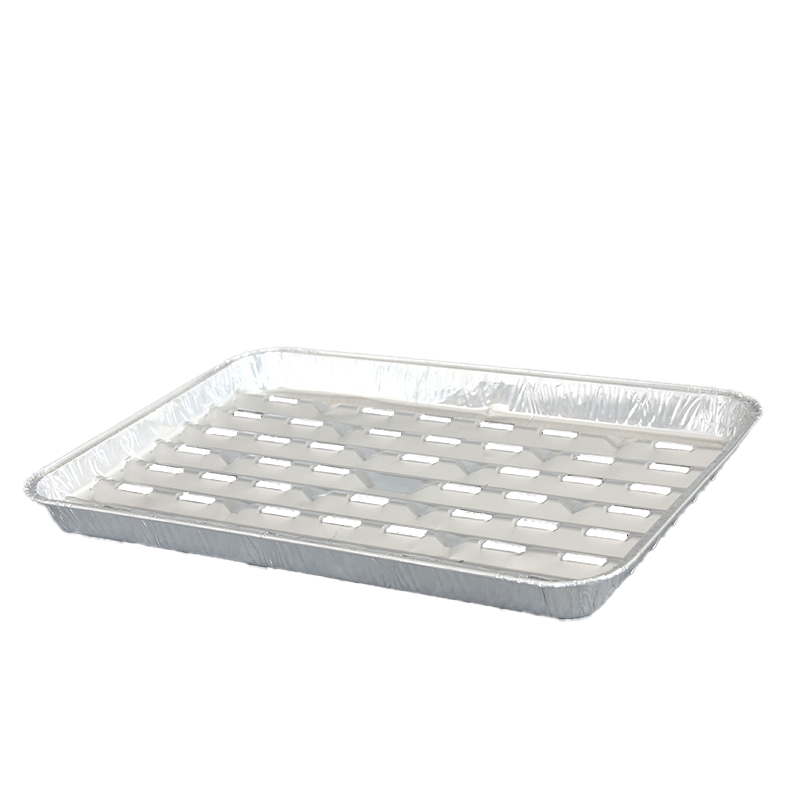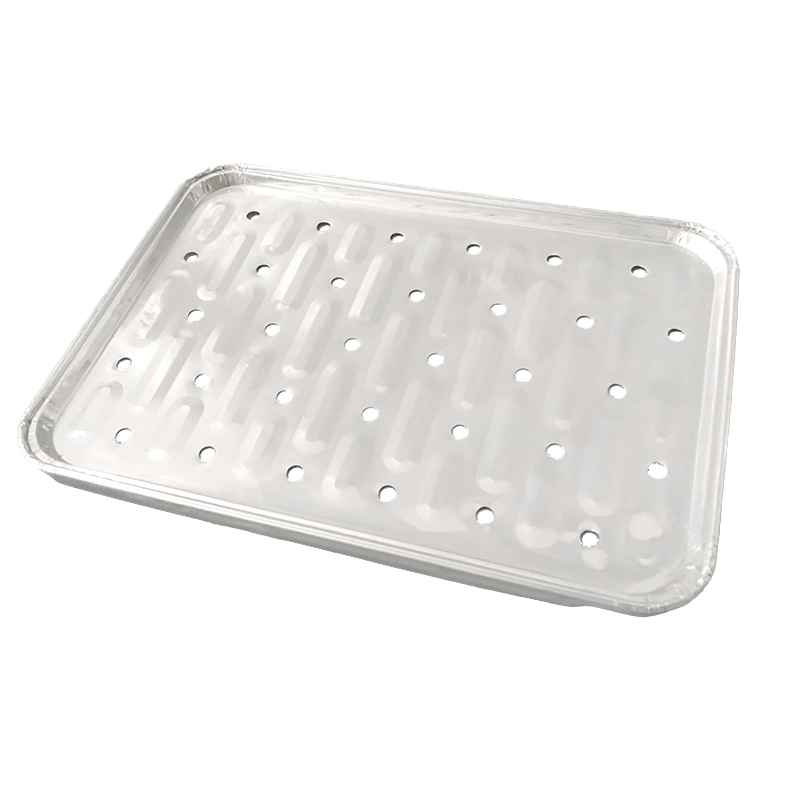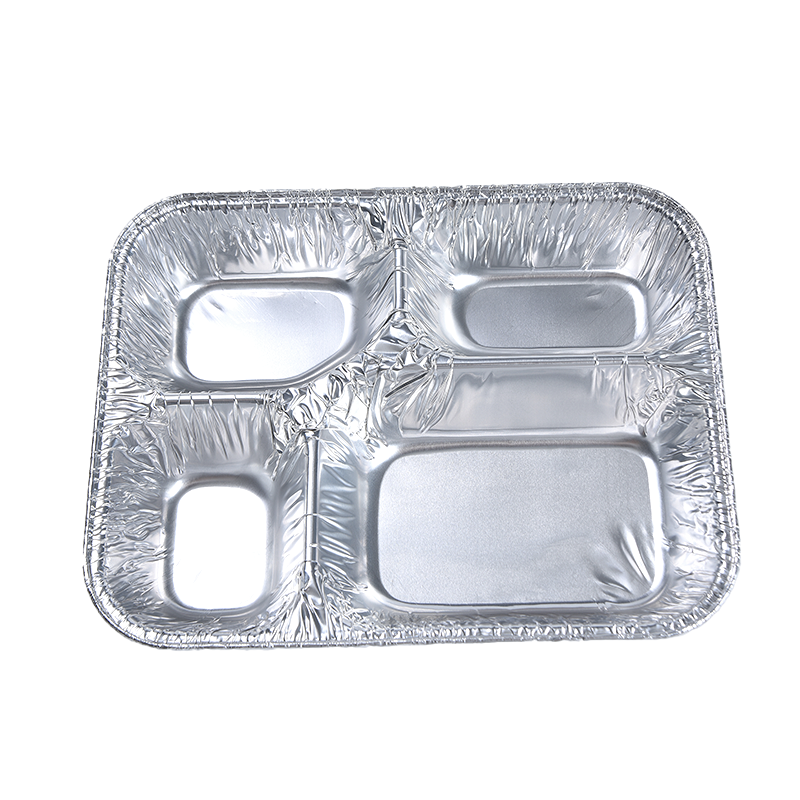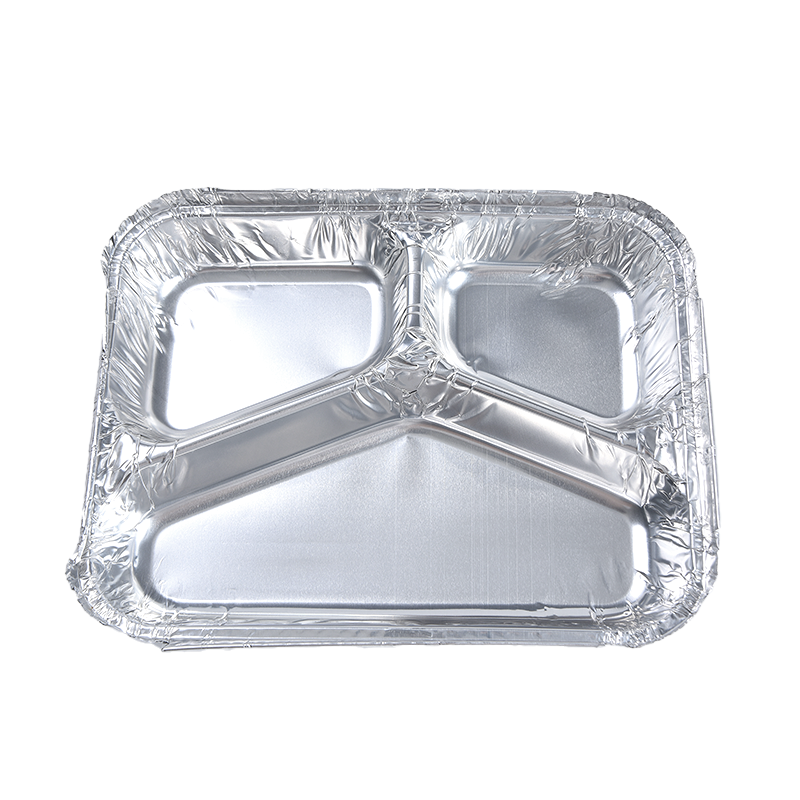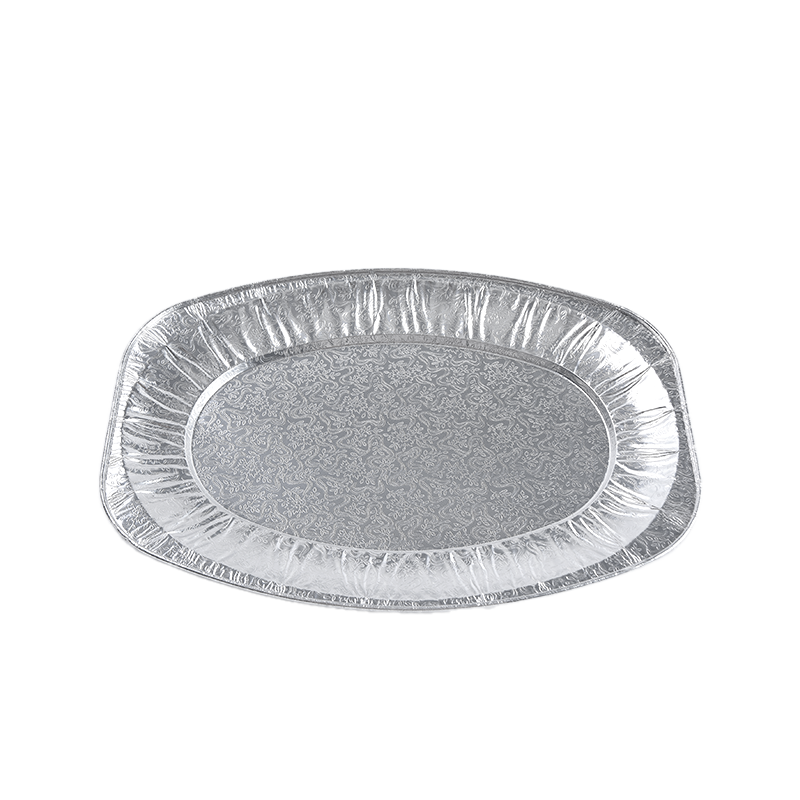How does the Automatic Feeding Machine adapt to winding materials of different widths and diameters?
Industry News-The maximum material width of the Automatic Feeding Machine can reach 850mm, which is enough to cover the needs of most common production lines. Its ability to adapt to materials of different widths is mainly due to its flexible feeding system and high-precision control technology.
The automatic feeding machine can adapt to materials of different widths in a wide range through an adjustable feeding device. This adjustment mechanism can be adjusted in real time through the control system to change the feeding direction and tension according to different production needs, ensuring that the material can always be stably and smoothly fed into the next process.
The feeding accuracy of the Automatic Feeding Machine is as high as ±0.25mm. This accuracy ensures that the feeding process can be carried out accurately and without error regardless of how the material width changes. For materials of different widths, the system will adjust the feeding speed and tension according to the real-time feedback data to ensure that each feeding is in line with production requirements and avoid feeding errors or quality fluctuations caused by too wide or too narrow materials.
The automatic feeder also has an intelligent adjustment function. When the material width changes, the system can automatically identify and adjust relevant parameters such as feeding speed, tension, width setting, etc. to achieve the best feeding effect.
In addition to adapting to the width, the Automatic Feeding Machine also needs to be able to adapt to the winding of materials of different diameters. The maximum winding diameter that the equipment can handle is 700mm. This ability enables it to handle various types of large-diameter coils and meet various production needs.
In order to adapt to the winding of materials of different diameters, the automatic feeder is equipped with an adjustable winding device. The device can automatically adjust the tension according to the diameter of the coil to ensure smooth operation even for coils of larger or smaller diameters.
The automatic feeder can provide a maximum feeding tension of 50N·m, which can adapt to the feeding needs of coils of different diameters. During the material winding process, coils with larger diameters require higher tension to maintain stable feeding. Coils with smaller diameters require more sophisticated tension control to avoid excessive stretching or breaking.
The automatic feeder is also equipped with sensors and automatic adjustment systems that can monitor the diameter of the coil in real time and automatically adjust the feeding parameters. This function enables the equipment to maintain efficient feeding operation during the winding process of materials of different diameters without manual intervention, greatly improving the automation level of the production line.
The core of the automatic feeder is its sophisticated control system. The system uses high-precision sensors and control algorithms to automatically adjust the feeding parameters according to materials of different widths and diameters. When the width or diameter of the material changes, the system can respond and make adjustments in real time to ensure the stability and accuracy of the feeding process.
The automatic feeder adopts a sturdy mechanical structure that can withstand large loads and pressures. This design not only ensures the long-term stable operation of the equipment, but also can cope with the winding process of different types of materials to prevent failures caused by excessive equipment load.
The operation interface of the automatic feeder is simple and intuitive, and the operator can adjust the equipment settings according to actual needs, such as feeding speed, tension and width. The intelligent design of the equipment makes operation more convenient, and can quickly adjust when adapting to the winding of materials of different widths and diameters to ensure the efficient operation of the production line.





 English
English 日本語
日本語 عربى
عربى Español
Español

